Draw a Circle Around Themost Reactive Substrate for Sn1
eleven.5: Characteristics of the SN1 Reaction
- Page ID
- 31509
After completing this section, you should be able to
- hash out how the structure of the substrate affects the rate of a reaction occurring by the SouthDue northane mechanism.
- arrange a given list of carbocations (including benzyl and allyl) in guild of increasing or decreasing stability.
- explain the high stability of the allyl and benzyl carbocations.
- arrange a given series of compounds in order of increasing or decreasing reactivity in SN1 reactions, and talk over this lodge in terms of the Hammond postulate.
- discuss how the nature of the leaving group affects the charge per unit of an SouthwardN1 reaction, and in particular, explicate why SouthwardN1 reactions involving alcohols are carried out under acidic conditions.
- explain why the nature of the nucleophile does non touch on the rate of an SouthDue north1 reaction.
- discuss the role played past the solvent in an SDue north1 reaction, and hence determine whether a given solvent volition promote reaction past this machinery.
- compare the roles played by the solvent in SNorthward1 and in SN2 reactions.
- decide which of two SNone reactions volition occur faster, by taking into business relationship factors such as the structure of the substrate and the polarity of the solvent.
- determine whether a given reaction is most probable to occur by an SN1 or SN2 mechanism, based on factors such equally the construction of the substrate, the solvent used, etc.
Brand certain that you lot can define, and utilize in context, the primal terms beneath.
- benzylic
- dielectric constant
- polarity
The Substrate in SNorth1Reactions
As discussed in the previous section SouthNone reactions follow first order kinetics due to a multi-step mechanism in which the charge per unit-determining stride consists of the ionization of the alkyl halide to form a carbocation.
The transition land for the rate determining stride shows the transition of an alkyl halide to a carbocation. Because the charge per unit determining step is endothermic, the Hammond postulate says that the transition land more closely resembles the carbocation intermediate. Factors which stabilize this intermediate will lower the energy of activation for the rate determining footstep and cause the rate of reaction to increase. In general, a more than stable carbocation intermediate formed during the reaction allows for a faster the SN1 reaction charge per unit.
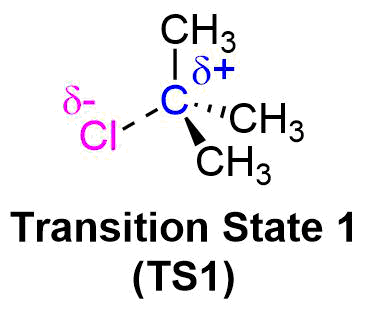
In Section 7-nine, the stability of alky carbocations was shown to be threeo > 2o > 1o > methyl. Two special cases of resonance-stabilized carbocations, allyl and benzyl, must be considered and added to the list. The delocalization of the positive charge over an extended p orbital organisation allows for allyl and benzyl carbocations to be uncommonly stable. The resonance hybrid of an allyic cation is made up of 2 resonance forms while the resonance hybrid of the benzylic carbocation is made upward of v.

Benzyl Carbocation

| Carbocation Stability | CH3 (+) | < | CHiiiCHii (+) | < | (CH3)2CH(+) | ≈ | CH2=CH-CH2 (+) | ≈ | Chalf-dozenH5CH2 (+) | ≈ | (CHiii)iiiC(+) |

Effects of Leaving Group
Since leaving group removal is involved in the charge per unit-determining step of the SNone mechanism, reaction rates increase with a expert leaving group. A proficient leaving grouping tin stabilize the electron pair information technology obtains after the breaking of the C-Leaving Group bond faster. In one case the bond breaks, the carbocation is formed and the faster the carbocation is formed, the faster the nucleophile tin can come in and the faster the reaction will be completed.
Because weak bases tend to strongly concord onto their electrons, they are lower energy molecules and they tend to brand expert leaving groups. Strong bases, on the other paw, donate electrons readily considering they are loftier energy, reactive molecules. Therefore, they are not typically proficient leaving groups. Every bit yous go from left to right on the periodic table, electron donating power decreases and thus power to exist a good leaving group increases. Halides are an example of a practiced leaving group whose leaving-grouping ability increases equally you become downwardly the element of group vii column of the periodic table.

.jpg?revision=1&size=bestfit&width=300&height=74)
The 2 reactions below only vary past the different leaving groups in each reaction. The reaction with a more stable leaving group is significantly faster than the other. This is because the better leaving grouping leaves faster and thus the reaction can go on faster.

Under acidic conditions, the -OH group of an alcohol tin be converted into a neutral water leaving group through protonation. As discussed in Department 10-5, this occurs during the conversion of a tertiary alcohol to an alkyl halide through reaction with HCl or HBr. Because the -OH grouping itself is a poor nucleophile, the mechanism starts with protonation to form a hydronium ion. Neutral water is so lost as a leaving group to create the carbocation intermediate which then reacts with the halide ion nucleophile to provide the alkyl halide product. This reaction works best when a third alcohol is used because information technology produces a stable carbocation intermediate.
The Nucleophile
Since nucleophiles only participate in the fast second step, their relative molar concentrations rather than their nucleophilicities should be the primary product-determining factor. If a nucleophilic solvent such as water is used, its high concentration will assure that alcohols are the major product. While recombination of the halide anion with the carbocation intermediate can occur, it simply reforms the starting compound. Also this is less likely since there are less molecules of the leaving group in solution than at that place are of the solvent. Note that SDue northane reactions in which the nucleophile is also the solvent are commonly called solvolysis reactions. The SNorthward1 reaction of allyl bromide in methanol is an example of what nosotros would call methanolysis, while if water is the solvent the reaction would be called hydrolysis:

The force of the nucleophile does not affect the reaction rate of SN1 because, equally described previously, the nucleophile is non involved in the rate-determining stride. However, if you have more than one nucleophile competing to bond to the carbocation, the strengths and concentrations of those nucleophiles affects the distribution of products that you will get. For case, if you have (CH3)3CCl reacting in water and formic acrid where the water and formic acid are competing nucleophiles, you will get two different products: (CH3)3COH and (CHiii)iiiCOCOH. The relative yields of these products depend on the concentrations and relative reactivities of the nucleophiles.
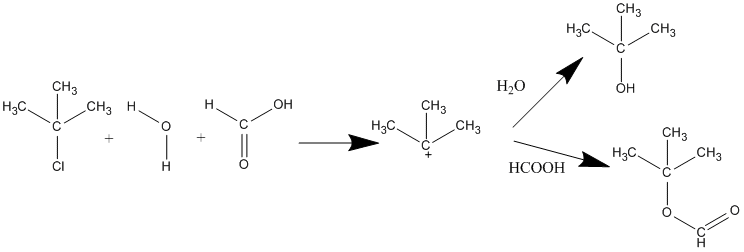
Solvent Effects on the SN1 Reaction
Since the hydrogen atom in a polar protic solvent is highly positively charged, it tin can collaborate with the anionic nucleophile which would negatively bear on an SNii reaction which depends on nucleophilic attack during the charge per unit-determining step of the reaction. However, this does non bear upon an SouthwardDue northone reaction because the nucleophile is not a function of the charge per unit-determining footstep. Polar protic solvents actually speed upward the rate of the unimolecular commutation reaction because the large dipole moment of the solvent helps to stabilize the carbocation-like transition country. Since the carbocation is unstable, annihilation that can stabilize this fifty-fifty a little volition speed up the reaction.

The polarity and the ability of the solvent to stabilize the intermediate carbocation is very of import equally shown by the relative rate information for a solvolysis (meet table below). The dielectric constant of a solvent roughly provides a measure of the solvent'south polarity. A dielectric constant below 15 is usually considered non-polar. Basically, the dielectric abiding can be thought of as the solvent'southward ability to reduce the internal accuse of the solvent. And so for our purposes, the higher the dielectric constant the more polar the substance and in the case of SDue northone reactions, the faster the rate.

(annotation that even though acetic acid is a highly polar molecule, information technology tends to make a dimer with itself greatly reducing its dielectric abiding)
Predicting SouthNane vs. SNii mechanisms
When considering whether a nucleophilic commutation is likely to occur via an SNane or Due southNtwo mechanism, nosotros actually need to consider 3 factors:
1) The electrophile: when the leaving group is attached to a methyl group or a master carbon, an SouthwardN2 mechanism is favored (here the electrophile is unhindered by surrounded groups, and any carbocation intermediate would be loftier-energy and thus unlikely). When the leaving grouping is attached to a tertiary, allylic, or benzylic carbon, a carbocation intermediate will be relatively stable and thus an SouthwardN1 mechanism is favored.
two) The nucleophile: powerful nucleophiles, particularly those with negative charges, favor the SN2 mechanism. Weaker nucleophiles such as water or alcohols favor the SouthwardNone mechanism.
iii) The solvent: Polar aprotic solvents favor the SNorth2 mechanism by enhancing the reactivity of the nucleophile. Polar protic solvents favor the Due southNane mechanism by stabilizing the carbocation intermediate. SN1 reactions are ofttimes solvolysis reactions.
For example, the reaction below has a 3rd alkyl bromide as the electrophile, a weak nucleophile, and a polar protic solvent (we'll assume that methanol is the solvent). Thus we'd confidently predict an SN1 reaction mechanism. Because substitution occurs at a chiral carbon, we can also predict that the reaction will continue with racemization.

In the reaction below, on the other hand, the electrophile is a secondary alkyl bromide – with these, both SN1 and SNorth2 mechanisms are possible, depending on the nucleophile and the solvent. In this example, the nucleophile (a thiolate anion) is strong, and a polar aprotic solvent is used – and then the Due southNii mechanism is heavily favored. The reaction is expected to proceed with inversion of configuration.

i. Put the post-obit leaving groups in order of decreasing leaving group ability

2. Which solvent would an SN1 reaction occur faster in? H2O or CHthreeCN
3. What kind of conditions disfavor SouthNane reactions?
4. What are the products of the post-obit reaction and does it continue via SN1 or SN2?

5. How could you lot change the reactants in the problem 4 to favor the other substitution reaction?
vi. Indicate the expected production and listing why it occurs through SN1 instead of SN2?
.gif?revision=1)
7. Rank the following by increasing reactivity in an SouthN1 reaction.
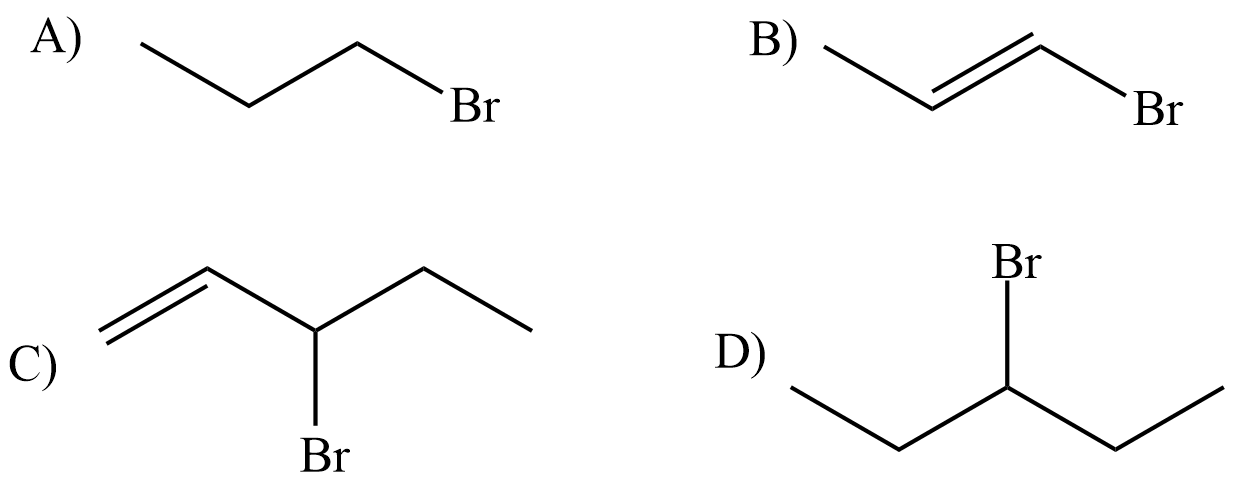
8. 3-bromo-1-pentene and one-bromo-2-pentene undergo SNone reaction at almost the aforementioned rate, merely 1 is a secondary halide while the other is a primary halide. Explicate why this is.
ix. Characterization the following reactions as most probable occuring by an SouthwardN1 or SNii mechanism. Suggest why.
.png?revision=1&size=bestfit&width=557&height=302)
10. Give the solvolysis product expected when the chemical compound is heated in methanol.
a)
b)
c)
d)
11. Predict whether each chemical compound below would be more likely to undergo a SN2 or SouthwardN1 reaction.
a)
b)
c)
d)
12. Show how each compound may be synthesized using nucleophilic substitution reactions.
a)
b)
c)
d)
east)
f)
g)
- Answers
- 1.
-
.gif?revision=1)
2. An SNone reaction would occur faster in H2O because information technology'due south polar protic and would stailize the carbocation and CH3CN is polar aprotic.
3. Polar aprotic solvents, a weak leaving group and main substrates disfavor SDue north1 reactions.
4.
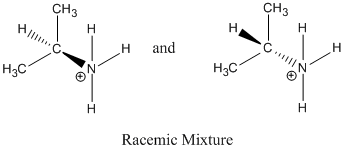
Reaction proceeds via SN1 because a tertiary carbocation was formed, the solvent is polar protic and Br- is a good leaving grouping.
5. You could change the solvent to something polar aprotic similar CH3CN or DMSO and you could utilize a amend base for a nucleophile such as NHtwo- or OH-.
half-dozen.
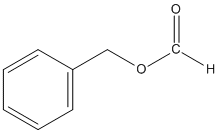
This reaction occurs via SNorthward1 because Cl- is a expert leaving group and the solvent is polar protic. This is an instance of a solvolysis reaction because the nucleophile is likewise the solvent.
7. Consider the stability of the intermediate, the carbocation.
A < D < B < C (near reactive)
8. They take the same intermediates when you look at the resonance forms.
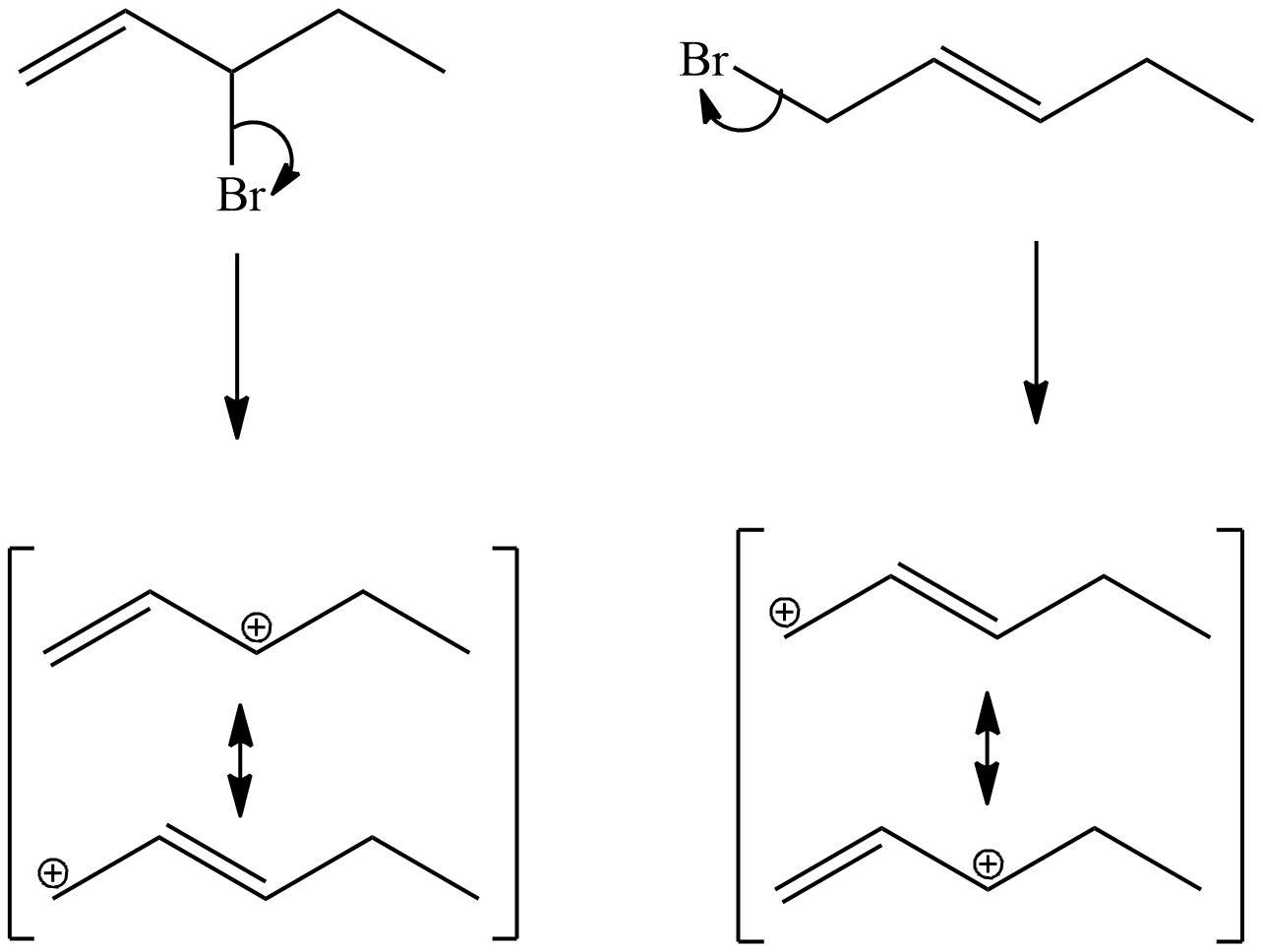.png?revision=1&size=bestfit&width=376&height=283)
ix.
A – SDue north1 *poor leaving group, protic solvent, secondary cation intermediate
B – Due southN2 *good leaving group, polar solvent, primary position.
10.
a)
b)
c) No reaction
d)
eleven.
a) SDue north2
b) SN2
c) SN1
d) SouthN1
13.a)
b)
c)
d)
e)
f)
thou)
Source: https://chem.libretexts.org/Bookshelves/Organic_Chemistry/Organic_Chemistry_%28McMurry%29/11:_Reactions_of_Alkyl_Halides-_Nucleophilic_Substitutions_and_Eliminations/11.05:_Characteristics_of_the_SN1_Reaction
0 Response to "Draw a Circle Around Themost Reactive Substrate for Sn1"
Post a Comment